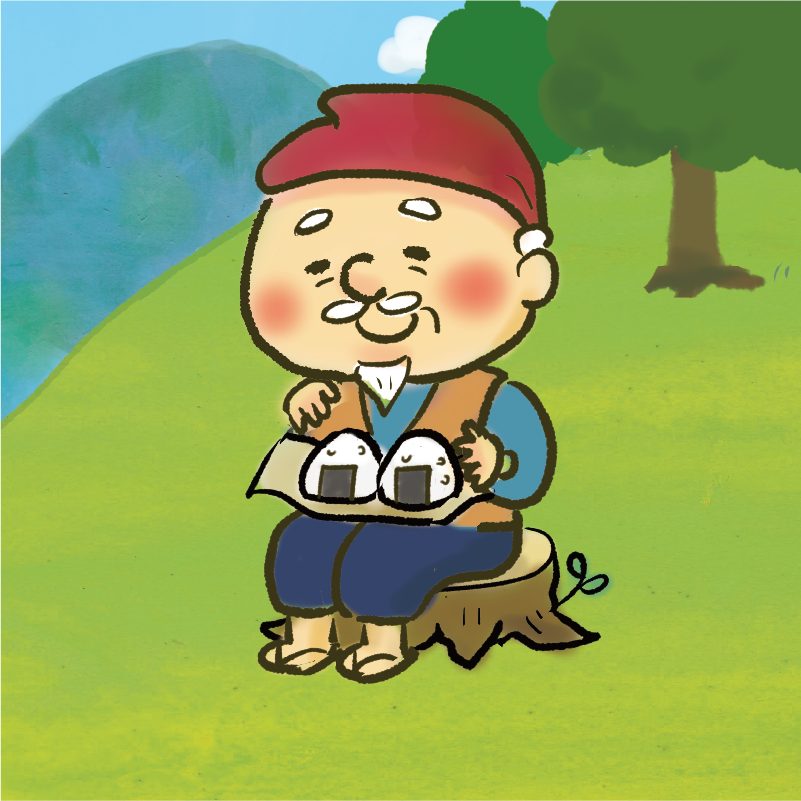
Sakura Flipbook and Class Activities
To the Teacher
Students will learn about sakura, Japanese cherry blossoms, while reading the digital flipbook. This digital flipbook is in entirely Japanese script with supporting pictures to increase students’ understanding of the story.
Students can access the book by clicking on the cover page on the left or by using the link below.
Nihongo flipbooks. Nihongo Flipbooks – Japan Foundation, Sydney (jpf.org.au) ![]()
Sakura, Japanese cherry blossoms, have long been loved and fondly known by the Japanese as the flower that signals the end of winter and symbolizes the beginning of spring. Japanese people eagerly await the blooming of sakura each year and blooming forecasts and first bloom bulletins are reported on Japanese TV. Sakura trees are also planted in many schools, as the flowers bloom around the time of graduation (sotsugyo-shiki) and entrance ceremonies (nyugaku-shiki). The sight of sakura in bloom brings back fond memories for many Japanese.
Sakura are also considered to symbolize the spirituality of Japan and the Japanese people. People find beauty not only in the blooming of cherry blossoms, but also in the transience and grace of the blossoms as they fall. Sakura have long been linked to the concept of impermanence as the way they bloom and fall reflects the fleeting nature of life.
Pre-reading Activities
Teachers may ask students questions to activate prior knowledge (schema) and arouse their interest in reading the story about Sakura. See examples below.
E.g.
- Do you know what “cherry blossoms” are called in Japanese?
- Have you seen them before? Do you know where/when you can see them?
- What do you think the colour of the flowers is ?… let’s find out!
Comprehension Quiz (〇✕ )
Four suggested questions to check students’ understanding.
Are these statements “True (〇)” or “False (✕)”?
Q1: You can see sakura all over Japan at the same time.
(Answer: ✕- different timing depending on the location.)
Q2: Sakura start blooming from the north of Japan and gradually make their way south?
(Answer: ✕ -Noting that Japan is located in the northern hemisphere and the climate/seasons is opposite from Australia, which is located in the southern hemisphere.)
Q3: Sakura motifs (themes, designs, images, etc.) are popular in Japan. (Answer: 〇)
Q4: Sakura petals are edible. (Answer: 〇)
Post-reading Activities
1. “Let’s find Sakura around you”
1.1 Students go and search to find sakura motifs that are used on objects or products, such as brochures, flyers, logos, stationary, mugs, etc. (They can search around the house, their neighbourhood, their schools and even on the internet.)
1.2 Students take pictures of their findings and post them on a shared platform and make a presentation in class.
2. Make Sakura with origami and create a card.
Many YouTube videos are available showing how to make sakura with origami.
e.g. https://www.youtube.com/watch?v=gQGoVx8xMdM![]()
Origami instructions: https://www.origami-club.com/flower/sakura2/index.html![]()
3. Sing a Sakura song in Japanese.
Learn the song and sing along with the following video.
Youtube video “さくらさくら” (e.g. https://www.youtube.com/watch?v=jqpFjsMtCb0)![]()
You can download sakura song music score and lyrics by clicking the button below. (PDF)
Related Resources
Resource created by Hiroko Langdon (Jan 2023).










